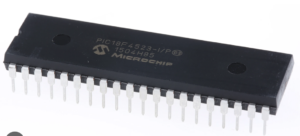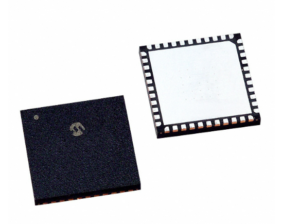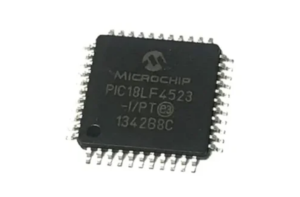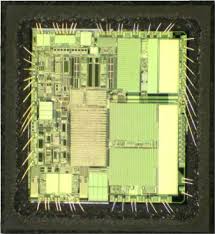 PIC18F4523 Microcontroller Embedded Memory Breaking
PIC18F4523 Microcontroller Embedded Memory Breaking
Many PIC18 control instructions do not need any argument at all by Break IC STM32F101C4T6TR Binary; they either perform an operation that globally affects the device or they operate implicitly on one register after PIC18F4523 Microcontroller Embedded Memory Breaking. This addressing mode is known as Inherent Addressing. Examples include SLEEP, RESET and DAW.

quebrar o bit de fusível do microcontrolador protegido MICROCHIP PIC18F4523 para restaurar o código-fonte protetor MCU PIC18F4523 da memória flash do programa e da memória eeprom de dados, copiar o código-fonte no formato de arquivo binário ou software heximal para o novo microprocessador MICROCHIP PIC18F4523;
Other instructions work in a similar way but require an additional explicit argument in the opcode to Break Chip SAF-C164CI-8EM Firmware. This is known as Literal Addressing mode because they require some literal value as an argument. Examples include ADDLW and MOVLW, which respectively, add or move a literal value to the W register. Other examples include CALL and GOTO, which include a 20-bit program memory address.

cracker le bit de fusible du microcontrôleur sécurisé MICROCHIP PIC18F4523 pour restaurer le code source de protection du MCU PIC18F4523 à partir de la mémoire flash du programme et de la mémoire eeprom de données, copier le code source au format de fichier binaire ou de logiciel heximal vers le nouveau microprocesseur MICROCHIP PIC18F4523 ;
Direct Addressing mode specifies all or part of the source and/or destination address of the operation within the opcode itself. The options are specified by the arguments accompanying the instruction.
In the core PIC18 instruction set, bit-oriented and byte- oriented instructions use some version of Direct Addressing by default to better support Break Microcontroller PIC12F629 Program. All of these instructions include some 8-bit literal address as their Least Significant Byte when PIC18F4523 Microcontroller Embedded Memory Breaking. This address specifies either a register address in one of the banks of data RAM through Crack MCU memory.
The Access RAM bit ‘a’ determines how the address is interpreted. When ‘a’ is ‘1’, the contents of the BSR (Section 5.3.1 “Bank Select Register (BSR)”) are used with the address to determine the complete 12-bit address of the register. When ‘a’ is ‘0’, the address is interpreted as being a register in the Access Bank to facilitate the process of Break MCU dsPIC30F4011 Heximal. Addressing that uses the Access RAM is sometimes also known as Direct Forced Addressing mode.

złamanie zabezpieczonego bezpiecznika mikrokontrolera MICROCHIP PIC18F4523 w celu przywrócenia ochronnego kodu źródłowego MCU PIC18F4523 z pamięci flash programu i pamięci eeprom danych, skopiowanie kodu źródłowego w formacie pliku binarnego lub oprogramowania szesnastkowego do nowego mikroprocesora MICROCHIP PIC18F4523;
